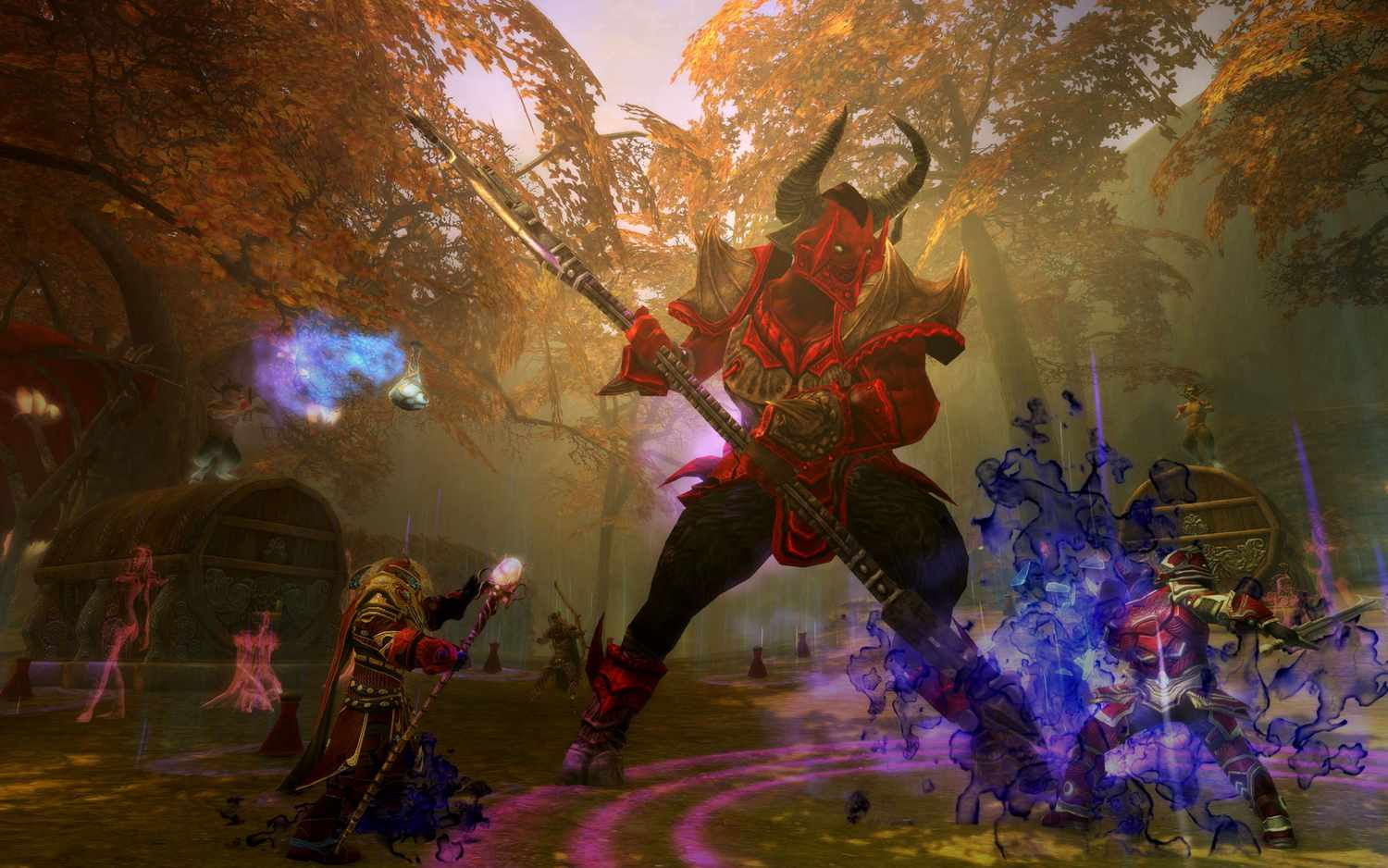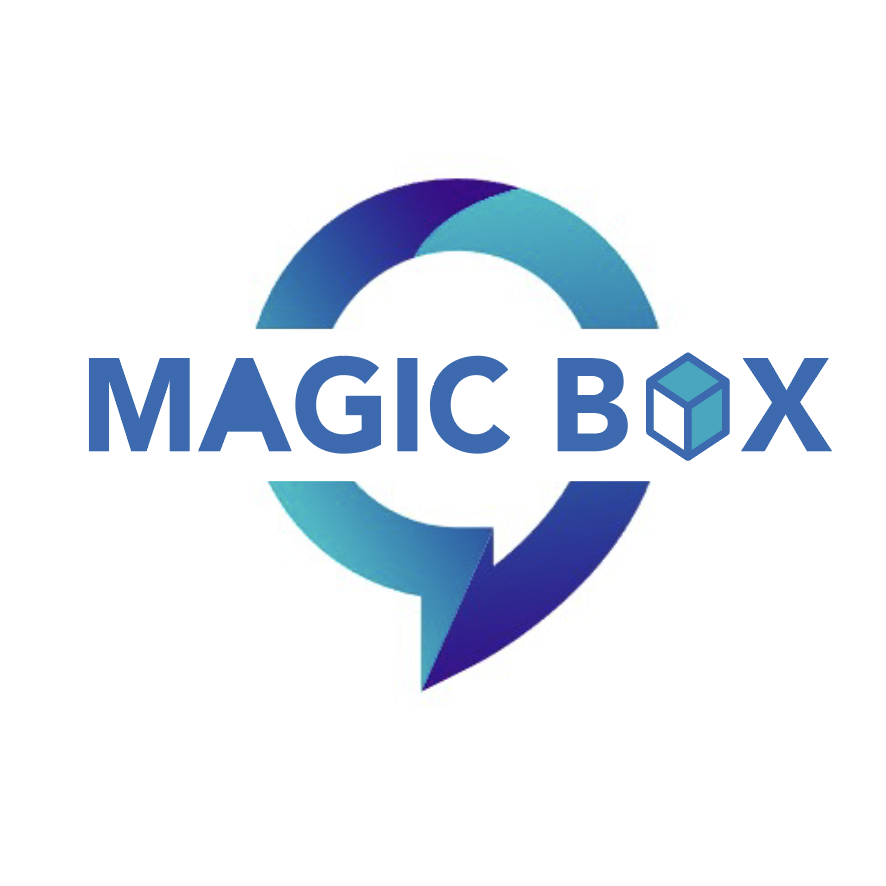Monetizing a Million Players: A Look at MMO Games Revenue Models

The generation of Massive Multiplayer Online Games revenue is a masterclass in the "games as a service" business model, with the industry pioneering many of the monetization strategies that are now common across all of gaming. As the market continues its steady and profitable growth towards an anticipated valuation of USD 55.46 billion by 2035, the diverse ways in which developers monetize these persistent worlds are becoming increasingly sophisticated. This financial growth, which is forecast to advance at a compound annual growth rate of 5.18% between 2025 and 2035, is built on a foundation of recurring player investment, whether through direct subscriptions, optional purchases, or a combination of both, creating some of the most financially successful entertainment products in history.
The original and most straightforward revenue model for MMOs is the monthly subscription. Popularized by titles like World of Warcraft, this model requires players to pay a recurring fee (e.g., $15 per month) for continued access to the game's servers. This provides the developer with a highly predictable and stable source of high-margin revenue, which is essential for funding the large development teams and significant server infrastructure costs required to operate a large-scale MMO. To justify this recurring fee, developers are expected to provide a high level of service and a continuous stream of new content, from small patches and seasonal events to major expansion packs every couple of years. This model has proven to be incredibly durable for the market's biggest and most beloved titles.
Another highly successful revenue model is "buy-to-play" (B2P) combined with an in-game cash shop. In this model, players make a one-time purchase of the base game, which grants them permanent access without a mandatory subscription. The developer then generates ongoing revenue through two main avenues. The first is the sale of large, premium expansion packs every few years, which are often required to access the latest high-level content. The second is an in-game store that sells a variety of optional digital goods. To maintain a positive community sentiment, these items are typically cosmetic (e.g., unique outfits, mounts, or housing decorations) or offer convenience (e.g., character name changes) rather than providing a direct power advantage, a practice known as "pay-to-win."
The third dominant model, especially prevalent in the Asian and mobile MMO markets, is free-to-play (F2P). These games are completely free to download and play, which allows them to attract the largest possible audience. All revenue is then generated through in-game microtransactions. This can include the direct purchase of cosmetic items, but it often also involves more controversial "gacha" or loot box mechanics, where players pay for a randomized chance to receive a rare and powerful character or item. While only a small percentage of the player base (the "whales") may spend significant amounts of money, the sheer size of the F2P audience means that this model can be phenomenally profitable, generating billions of dollars for the most successful titles.
Explore Our Latest Trending Reports:



